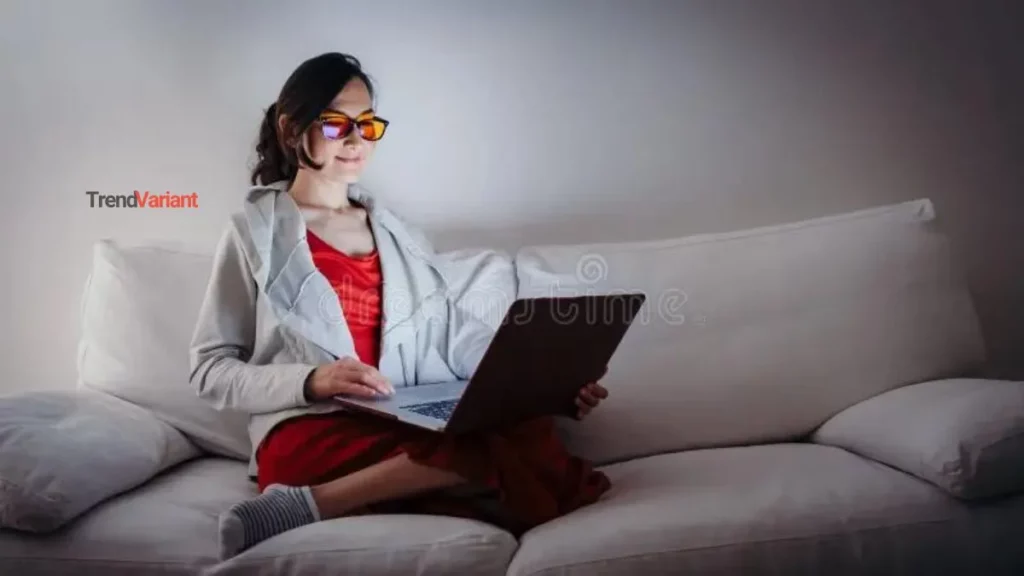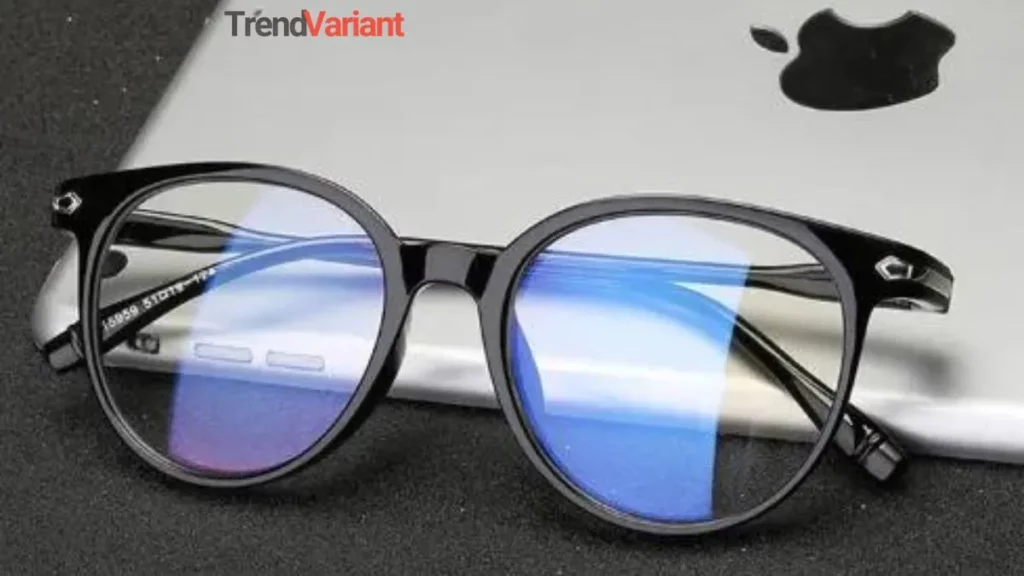Table of Contents

Introduction:
Ever experienced that subtle eye discomfort after a day filled with digital screen time, bouncing between gadgets like smartphones and laptops? It’s a familiar woe in our tech-centric world, sparking a surge of curiosity about blue light glasses. But, are these spectacles truly the panacea for our visual strains, or just another passing trend? Let’s embark on a journey through the realm of blue light glasses, unraveling the buzz and uncovering the truth.
Deciphering the Enigma:
Blue light glasses have taken the spotlight, hailed as the remedy for the eye discomfort caused by our incessant screen usage. To make sense of the buzz, it’s crucial to grasp the nature of blue light and why it’s stirring concern. Blue light, a high-energy, short-wavelength light emitted by digital devices, is under scrutiny for its potential impact on eye health. The burning question: Can slipping on a pair of blue light glasses genuinely make a difference?
The Scientific Puzzle:
To solve this mystery, let’s dissect the science behind blue light glasses. Screens emit a substantial amount of blue light, often resulting in digital eye strain after prolonged exposure. Blue light glasses enter the scene by filtering out a portion of this high-energy light, easing the strain on our eyes. The lenses work by blocking or absorbing a specific wavelength range of blue light, acting as a shield against potential adverse effects. Intriguing, right? But, the pivotal question remains: Do they live up to the hype?
Distinguishing Reality from Fantasy:
Before joining the blue light glasses bandwagon, it’s essential to untangle reality from the hype. While these glasses can provide relief from eye strain, they aren’t a one-size-fits-all solution. Their effectiveness varies from person to person, influenced by factors like screen time, individual light sensitivity, and existing eye conditions. Setting realistic expectations is paramount; blue light glasses are a valuable tool, but they aren’t a cure-all for all our eye-related concerns.
Identifying Potential Beneficiaries:
Now that we’ve outlined the limitations, let’s identify who stands to gain the most from incorporating blue light glasses into their daily routine. Individuals with extended screen time, whether due to work or leisure, are likely to experience the most significant relief from digital eye strain. If you find yourself reaching for eye drops frequently or notice disruptions in your sleep patterns, blue light, glasses might just be the missing piece in your eye care puzzle.
Beyond the Screen: Unveiling Additional Perks of Blue Light Glasses:
While the primary focus of blue light glasses is to enhance comfort during screen time, their benefits extend beyond the digital realm. Users often report improved sleep quality after donning these glasses, attributing it to reduced exposure to blue light in the evening. The connection between blue light and circadian rhythm disruption has led to suggestions of wearing blue light, glasses in the hours leading up to bedtime. Thus, these glasses not only offer relief during the day but may also hold the key to a more restful night’s sleep.

Choosing the Perfect Pair:
Ready to give blue light, glasses a shot? The next step is navigating through the myriad of options available to choose the perfect pair. Quality lenses, style, and fit should top your priority list. Opt for glasses explicitly designed for blue light filtering and select a style that resonates with your personal taste. Remember, safeguarding your eyes doesn’t mean compromising on fashion.
Integrating Blue Light Glasses into Your Daily Routine:
Successfully incorporating blue light, glasses into your routine demands a bit of commitment. Consistency is key—wear them during screen-intensive activities like working on a computer, binge-watching TV, or scrolling through your phone. Create a screen-friendly environment by adjusting brightness, optimizing lighting, and taking regular breaks to rest your eyes. The aim is not just to rely on the glasses but to cultivate healthy screen habits overall.
The Final Verdict:
In our digital journey, blue light glasses have emerged as a potential ally in the pursuit of eye comfort. While not a magical solution, their ability to reduce digital eye strain and potentially improve sleep quality makes them a valuable addition to the toolkit of modern-day screen enthusiasts. So, if you’ve been on the fence about embracing the blue light glasses trend, consider giving your eyes the care they deserve in this screen-dominated era. After all, clarity isn’t just about what you see but also how you protect your vision in the digital age.
FAQs
-
Are blue light glasses suitable for children?
Blue light blocking glasses can be beneficial for children who spend extended periods on digital devices. However, it’s essential to consult with an eye care professional for personalized recommendations.
-
Can blue light glasses prevent all eye-related issues from screen time?
While blue light blocking glasses help reduce digital eye strain, they may not prevent all eye-related issues. Taking regular breaks, practicing the 20-20-20 rule, and maintaining good screen ergonomics are also crucial.
-
Do blue light glasses affect the color perception of screens?
High-quality blue light blocking glasses are designed to minimize color distortion. Users typically adapt quickly to the slight tint, and the benefits in terms of reduced eye strain outweigh any minor color changes.
-
How long does it take to see the benefits of using blue light glasses?
Many users report immediate relief from eye strain, while the impact on sleep quality may take a few weeks to become noticeable. The secret to reaping the maximum benefits is consistent usage.
-
Can I wear blue light glasses all day?
While it’s safe to wear blue light blocking glasses throughout the day, they may not be necessary in well-lit environments. It’s advisable to use them during prolonged screen exposure for optimal results.
You May Also Read
You may also read the latest articles on our website TrendVariant to stay updated.









